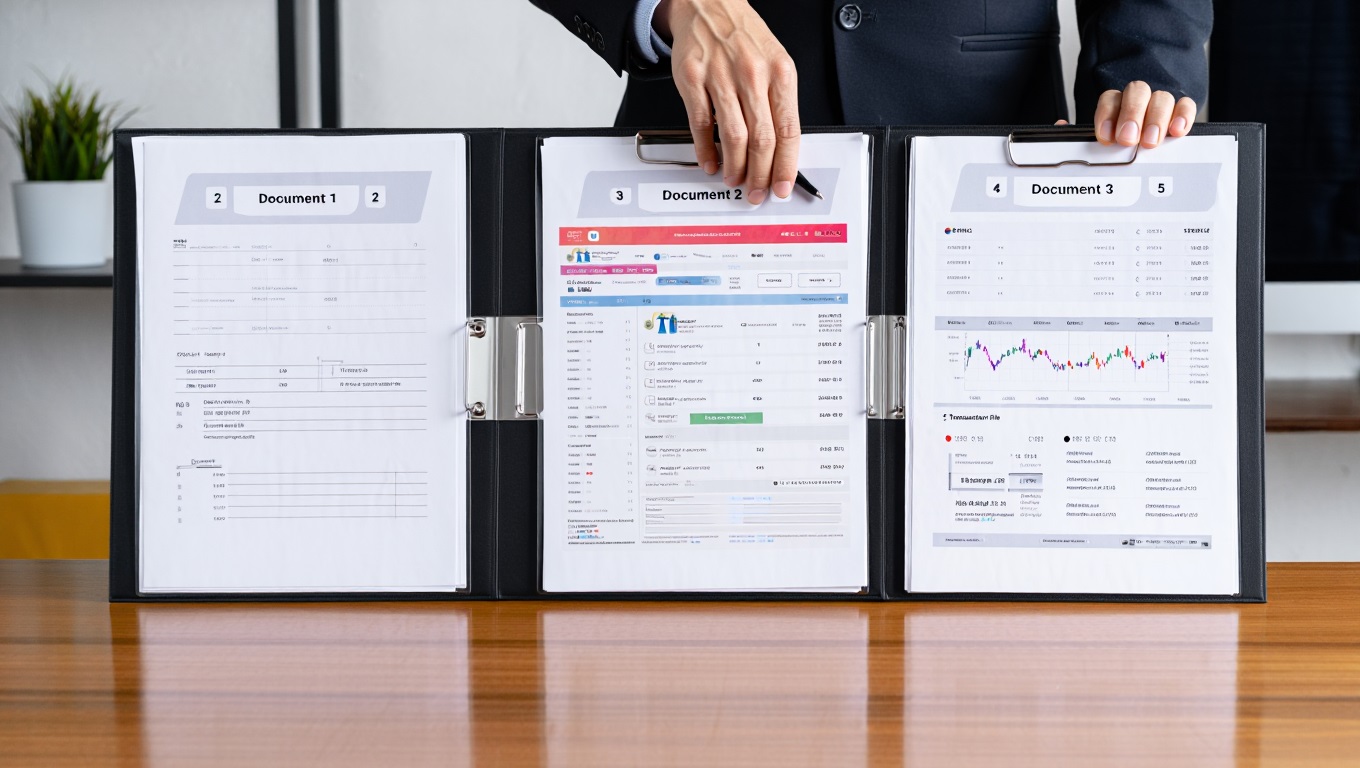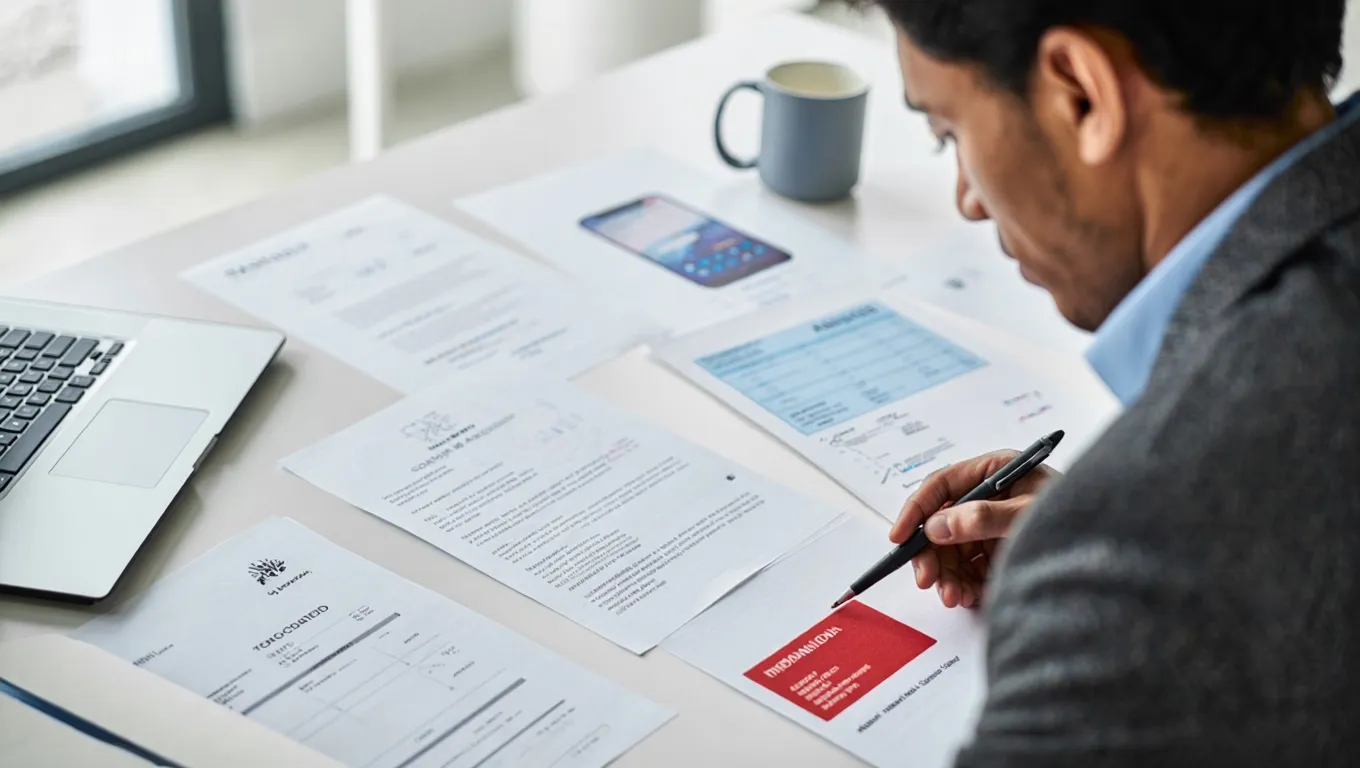
A couple of years ago, talking about cryptocurrency in international settlements seemed like something from the world of fintech startups. Today, this is commonplace for many Russian importers. A typical scenario: the next payment in dollars gets stuck in the correspondent bank, the delivery is disrupted, and the director makes a strong-willed decision: "Enough is enough. We are looking for workarounds. We will pay for the next batch in USDT."
This turn of events is dictated not by the fashion for technology, but by a strict necessity. Firstly, it is, of course, bypassing sanctions and unpredictable blocking by correspondent banks. But there is a second, purely economic reason.: cryptocurrency in international settlements often turns out to be trite faster and cheaper. The transfer to USDT goes directly from wallet to wallet in minutes, not days, and the transaction fees are several times lower than those of the banking system with its chain of intermediaries.
For businesses, this is a solution to the problem. For accounting, this is the beginning of walking through a minefield. Because as soon as it comes to accounting for cryptocurrency transactions, we find ourselves in a legal vacuum. How to do it? What account should I bet on? What documents should I close? And the main question is: what should I tell the tax afterwards?
There are no rules, but you have to work. What does the law say?
The first thing any accountant does in such a situation is to open the Tax Code, PBU and 173-FZ. And he finds absolutely nothing there, in fact. From the point of view of our legislation, cryptocurrency is not money. Its legal status is defined as "other property", and recently it has been increasingly classified as "digital financial assets (CFAs)".
And here the first paradox arises. On the one hand, since the fall of 2025, the use of CFA for payment under foreign trade contracts has been officially allowed. On the other hand, no one has prescribed exactly how to do this at the accounting level.
There are no special accounts in the chart of accounts, no valuation rules, no approved taxation procedure. This means one thing: the entire responsibility for developing the methodology and protecting the company's position before the tax falls on the shoulders of the chief accountant.
Step-by-step algorithm in practice: how we conducted the first transaction
Recently, we were helping one of our clients, an electronics importer, to conduct such a first transaction. This is the algorithm of actions we have developed in order not just to pay, but to do it as correctly as possible in terms of accounting and future checks.

Step 1: We have developed and cemented everything in the accounting policy.
This is the main shield in disputes with the tax service. We have written a separate section where we have clearly recorded several key points. First, how the company classifies crypto assets. Internationally (according to IFRS), they are often classified as intangible assets (IA). For the purposes of Russian accounting, we have fixed them as "financial investments" (account 58), since they were purchased specifically for settlements. Secondly, they prescribed a valuation method based on the actual purchase price on the stock exchange.
Step 2: We have collected a "digital dossier" for the transaction.
Since there are no usual payments, we have collected a whole package of documents.:
- An additional agreement to the contract, which clearly states the possibility of payment in USDT.
- A report from the crypto exchange confirming the purchase of USDT and the exchange rate at the time of this purchase.
- The most important thing: a screenshot of a transaction from a crypto wallet with a unique hash and sender/recipient addresses. This is, in fact, an analog of a payment order in the blockchain world.
- And, of course, business correspondence with the supplier confirming his agreement to accept payment in the crypt.
Step 3: We have dealt with the "exchange rate differences" — the main tax trap.
This is where the most dangerous moment for taxation of cryptocurrencies in the Russian Federation lies. They explained to the client on their fingers: "Look,
we buy USDT as property, as if it were a bag of sugar. We bought it for 90 rubles per kilogram. And we 'sell' it to the supplier when it already costs 92 rubles. The difference of 2 rubles per kilogram is our income.
And the tax service will want to see the income tax from it." In their case, with 50,000 USDT, they earned 100,000 rubles. If the exchange rate had dropped, they would have been able to fix the loss. Ignoring these fluctuations means exposing yourself to future claims.

Step 4: Revenue accounting and the "spread problem".
If you not only pay, but also receive payment in cryptocurrency, the logic is the same, but mirrored. Revenue is recognized in rubles at the exchange rate on the date of receipt of the crypt to your wallet.
And here an important nuance arises, which our expert talks about: in the current practice of accounting for cryptocurrency transactions, it is not customary to take into account the spread — the difference between the purchase rate and the sale rate on the stock exchange. The accountant is not required to keep track of these micro-fluctuations. The main thing is to fix the exchange rate at the time of the key transactions: the purchase of the crypt (if you are the payer) or its receipt (if you are the recipient), and then at the time of its "disposal" (payment or conversion into rubles) in order to correctly calculate the exchange rate difference for income tax.
What will happen next? The "gray zone" will not last forever
You need to understand that this whole crypto thing is a time window of opportunity. Tax authorities around the world are already working to bring these flows under control. There is such a thing, CARF is, in fact, the future "crypto-FATCA". When it is launched, crypto exchanges will "merge" transaction data to the tax authorities of different countries automatically.
The era of anonymity is ending.
Sooner or later, the tax service will see all crypto payments as clearly as it sees the movement on the current account now. And those who have kept honest and transparent records of cryptocurrency transactions from the very beginning will be safe.
For every accountant, this means one thing. Work is no longer just about wiring. This is a constant monitoring of news and, in fact, risk management in a completely incomprehensible legal environment.

This article is an attempt to create a system where there is none. But the legal environment around the taxation of cryptocurrencies in the Russian Federation is constantly changing. A new letter from the Ministry of Finance is being published today, and a judicial practice is emerging tomorrow that will change everything. In order not just to know the basics, but to keep abreast of the latest explanations and cases on accounting for cryptocurrency transactions, you need to keep your finger on the pulse. We collect all this operational information in our Telegram channel.









